Spring is a time of renewal and growth, and there's no better way to celebrate the season than by planting a garden full of beautiful flowers. As the chill of winter begins to fade, March becomes the perfect month to start planning and planting your spring garden. In this blog post, we'll explore the best flowers to plant in March, including the best spring flowers and easy-to-grow flowers. Whether you're a seasoned gardener or a beginner, these flowers will add vibrant colors and delightful scents to your garden, ensuring a stunning display all season long.
Why March is the Perfect Time to Plant
March is a transitional month as winter gives way to spring. The soil begins to warm, and the days grow longer, allowing for optimal growing conditions. Planting in March gives your flowers a head start, enabling them to establish strong root systems before the heat of summer arrives. The key is to select the right flowers that thrive in early spring conditions, which brings us to our list of the best flowers to plant in March.
Best Flowers to Plant in March
1. Pansies (Viola tricolor var. hortensis)

Pansies are among March's best spring flowers to plant. These charming and cheerful blossoms come in various colors: purple, yellow, blue, and orange. Pansies are known for their "faces," which are patterns that give each flower a unique expression.
Why Plant Pansies:
- Cold Tolerance: Pansies can withstand cold temperatures and even a light frost, making them perfect for early spring planting.
- Long Blooming Season: With proper care, pansies can bloom from early spring through early summer.
- Easy-to-Grow: Pansies are hardy and low-maintenance, making them ideal for beginners.
Planting Tips:
- Plant pansies in well-drained soil with full sun to partial shade.
- Space the plants about 6-8 inches apart to allow for growth.
- Water regularly to keep the soil moist but not waterlogged.
2. Daffodils (Narcissus)

Daffodils are synonymous with spring and are among the best flowers to plant in March. These bright yellow flowers are beautiful and symbolize rebirth and new beginnings.
Why Plant Daffodils:
- Early Bloomers: Daffodils are some of the first flowers to bloom in spring.
- Naturalizing: Daffodils can naturalize over the years, meaning they will multiply and return each spring.
- Deer Resistant: Daffodils are not favored by deer and rodents.
Planting Tips:
- Plant daffodil bulbs in well-drained soil with full sun to partial shade in the fall for spring blooms.
- Bury bulbs about 6 inches deep and space them 3-6 inches apart.
- Water thoroughly after planting and keep the soil moist during the growing season.
3. Tulips (Tulipa)

No spring garden is complete without tulips. These iconic flowers come in various colors and patterns, making them a favorite among gardeners.
Why Plant Tulips:
- Variety: Tulips offer endless choices in terms of color, shape, and size.
- Bold Blooms: Their large, showy flowers make a dramatic statement in any garden.
- Versatility: Tulips are great for garden beds, borders, and containers.
Planting Tips:
- Plant tulip bulbs in the fall for spring blooms.
- Place bulbs 6-8 inches deep in well-drained soil with full sun.
- Space bulbs about 4-6 inches apart.
- Water well after planting and maintain consistent moisture throughout the growing season.
4. Hyacinths (Hyacinthus)

Hyacinths are known for their intoxicating fragrance and vibrant colors. These perennial beauties are a wonderful addition to any spring garden.
Why Plant Hyacinths:
- Fragrance: Hyacinths are among the most fragrant spring flowers.
- Vibrant Colors: Their dense, spiky blooms come in shades of pink, blue, purple, white, and yellow.
- Pollinator-Friendly: Hyacinths attract bees and pollinators.
Planting Tips:
- Plant hyacinth bulbs in the fall in well-drained soil with full sun to partial shade.
- Place bulbs 4-6 inches deep and space them 3-4 inches apart.
- Water immediately after planting and keep the soil consistently moist.
5. Primroses (Primula)

Primroses are delightful early bloomers that add a splash of color to the garden. These low-growing plants are perfect for borders and containers.
Why Plant Primroses:
- Early Blossoms: Primroses can bloom in late winter and continue through spring.
- Variety: Available in various colors, including red, yellow, pink, blue, and white.
- Shade Tolerance: Primroses thrive in partial to full shade, making them versatile for different garden spots.
Planting Tips:
- Plant primroses in well-drained soil in partial to full shade.
- Space plants about 6-12 inches apart.
- Keep the soil consistently moist but not soggy.
6. Hellebores (Helleborus)

Hellebores, also known as Lenten roses, are beloved for their early bloom time and elegant, nodding flowers. They add a touch of grace to any shade garden.
Why Plant Hellebores:
- Early Bloomers: Hellebores bloom from late winter to early spring.
- Hardy: These plants are tough and can withstand cold temperatures.
- Shade-Loving: Hellebores thrive in shaded areas where other flowers may struggle.
Planting Tips:
- Plant hellebores in well-drained soil rich in organic matter.
- Place plants in partial to full shade.
- Space plants about 1-2 feet apart.
- Water regularly, especially during dry spells.
7. Snowdrops (Galanthus)

Snowdrops are among the earliest flowering bulbs, often appearing while snow is still on the ground. These delicate white flowers are a sign that spring is coming.
Why Plant Snowdrops:
- Early Blooming: Snowdrops often bloom as early as January or February.
- Hardy: These bulbs are tough and can handle cold and snowy conditions.
- Naturalizing: Snowdrops will naturalize and spread over time.
Planting Tips:
- Plant snowdrop bulbs in well-drained soil in the fall.
- Place bulbs about 3 inches deep and space them 2-3 inches apart.
- Plant in partial shade for best results.
- Water well after planting and moisten the soil during the growing season.
8. Crocuses (Crocus)

Crocuses are small but mighty flowers that provide a burst of color in early spring. They are one of the first bulbs to bloom as winter fades.
Why Plant Crocuses:
- Early Bloomers: Crocuses can bloom as early as late winter.
- Bright Colors: Available in shades of purple, yellow, white, and blue.
- Naturalizing: Crocuses will spread and multiply over time.
Planting Tips:
- Plant crocus corms in well-drained soil in the fall.
- Place corms about 3-4 inches deep and space them 3-4 inches apart.
- Plant in full sun to partial shade.
- Water well after planting and keep the soil moist.
Easy-to-Grow Flowers for Beginners
If you're new to gardening, starting with easy-to-grow flowers that require minimal maintenance can be helpful. In addition to the flowers already mentioned, here are a few more options that are perfect for beginners:
9. Marigolds (Tagetes)

Marigolds are vibrant annuals that can brighten up any garden. They are well-known for their pest-repelling properties.
Why Plant Marigolds:
- Pest Resistance: Marigolds can help deter pests from your garden.
- Easy Care: These low-maintenance flowers are perfect for beginners.
- Long Blooming Season: Marigolds can bloom from spring to fall.
Planting Tips:
- Plant marigold seeds or seedlings in well-drained soil with full sun.
- Space plants about 8-12 inches apart.
- Water regularly, especially during dry spells.
10. Zinnias (Zinnia)

Zinnias are colorful annuals that are easy to grow and excellent for cutting gardens. They attract pollinators and add a splash of color to any garden bed.
Why Plant Zinnias:
- Low Maintenance: Zinnias are hardy and easy to care for.
- Vibrant Colors: Available in various colors, including red, pink, yellow, orange, and purple.
- Pollinator-Friendly: Zinnias attract bees and butterflies.
Planting Tips:
- Plant zinnia seeds or seedlings in well-drained soil with full sun.
- Space plants about 6-18 inches apart, depending on the variety.
- Water regularly and deadhead spent blooms to encourage more flowers.
11. Coneflowers (Echinacea)

Coneflowers are hardy perennials that are perfect for beginners. These daisy-like flowers are known for their resilience and beauty.
Why Plant Coneflowers:
- Drought Tolerant: Low-maintenance Coneflowers can withstand dry conditions.
- Long Blooming Season: They bloom from summer into fall.
- Pollinator Friendly: Coneflowers attract bees, butterflies, and birds.
Planting Tips:
- Plant coneflowers in well-drained soil with full sun.
- Space plants about 1-3 feet apart.
- Water regularly until established, then only during dry periods.
Watering Your Garden: Why the Pocket Hose Copper Head is the Best Hose
Proper watering is essential for a thriving garden. The Pocket Hose Copper Head is an excellent choice for several reasons:
Durability: Built to withstand frequent use with rugged material and infused with real copper.
Flexibility and Convenience: Expands and contracts for easy storage and maneuverability.
Efficient Watering: Delivers strong, consistent water flow without kinks or tangles.
Versatility: Adjustable nozzle for various garden tasks.
Final Thoughts
Planting the right flowers in March can set the stage for a breathtaking spring garden. From the cheerful pansies and daffodils to the fragrant hyacinths and hardy hellebores, a wide range of options suit your gardening preferences. Whether you're an experienced gardener or just starting, these best spring flowers and easy-to-grow flowers will ensure a stunning and vibrant display. And with the Pocket Hose Copper Head, you'll have the perfect tool to keep your garden well-watered and flourishing all season long. Happy gardening!
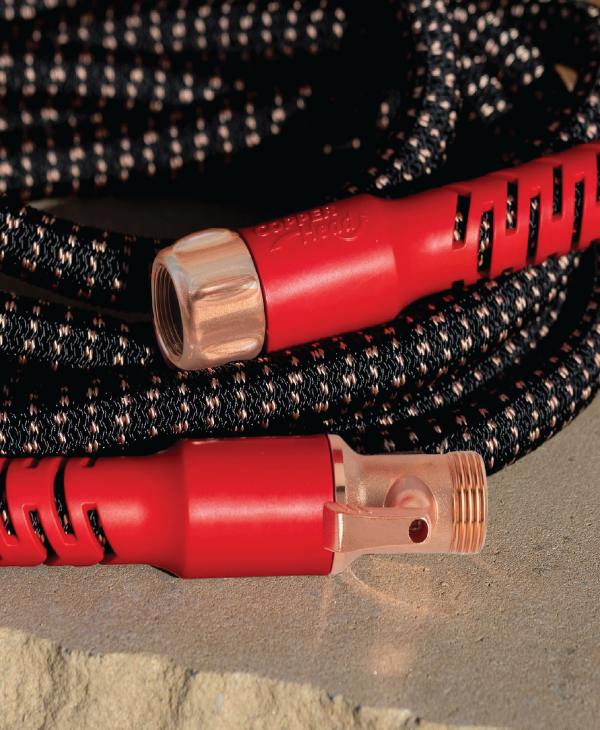
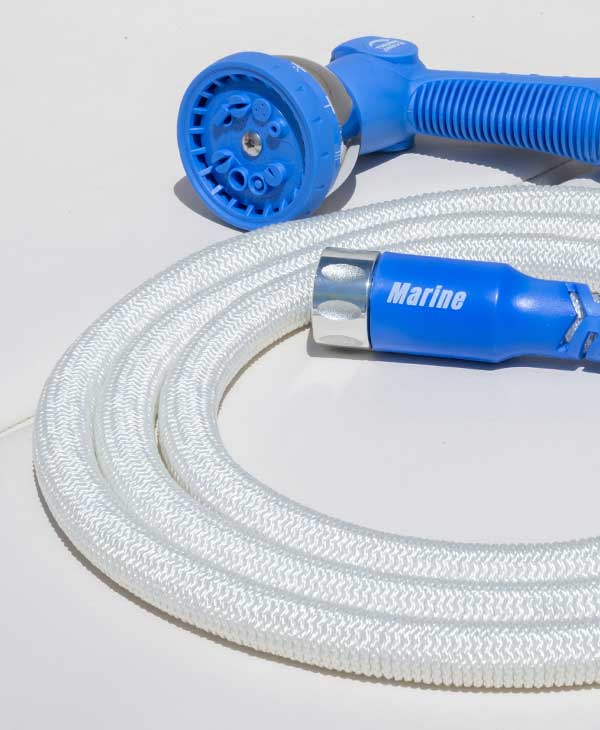
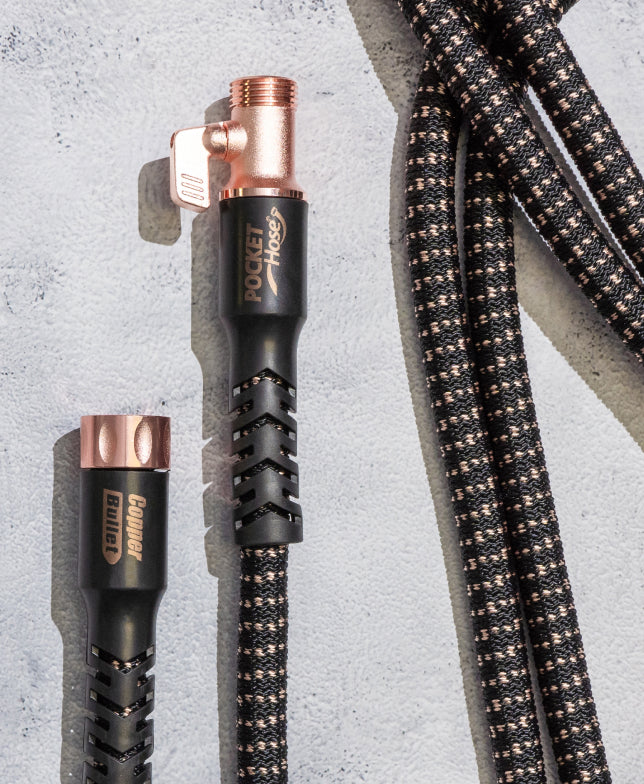
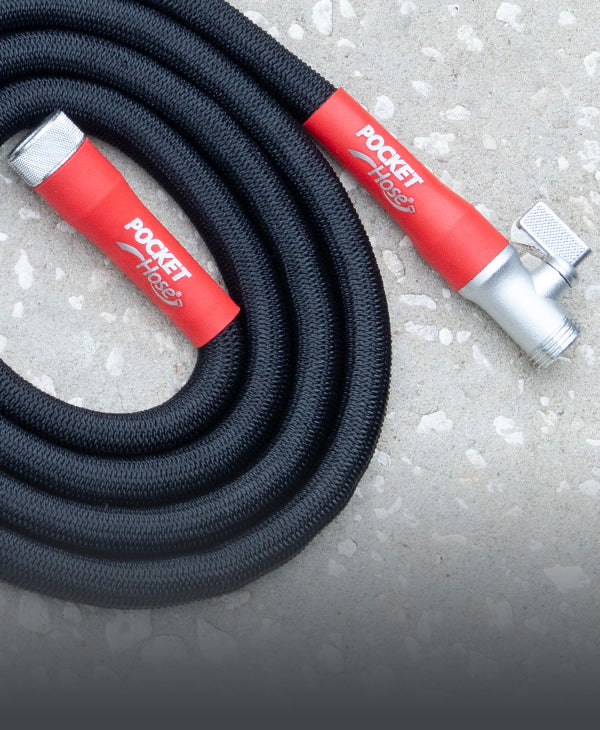
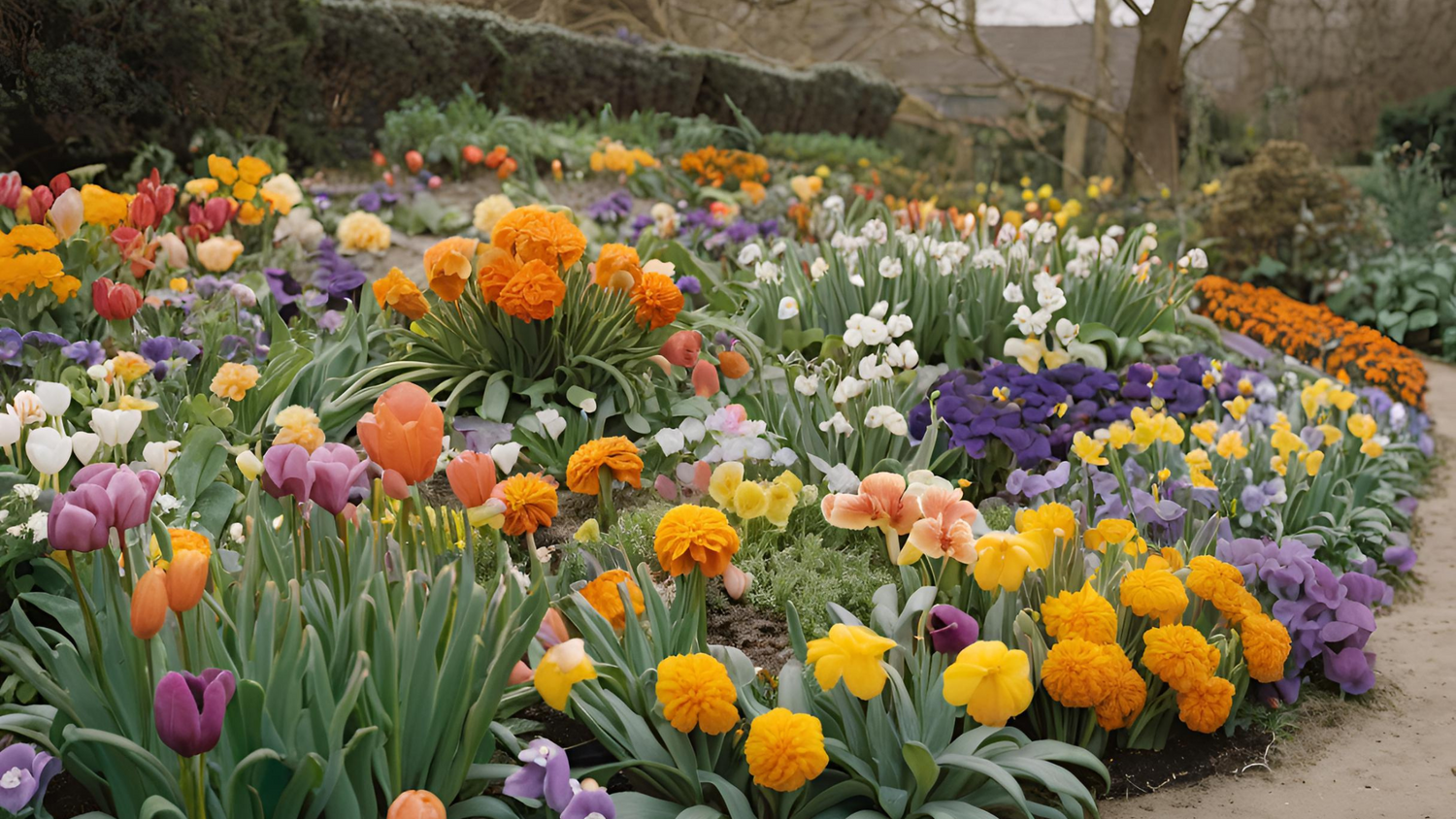
Leave a comment
This site is protected by hCaptcha and the hCaptcha Privacy Policy and Terms of Service apply.